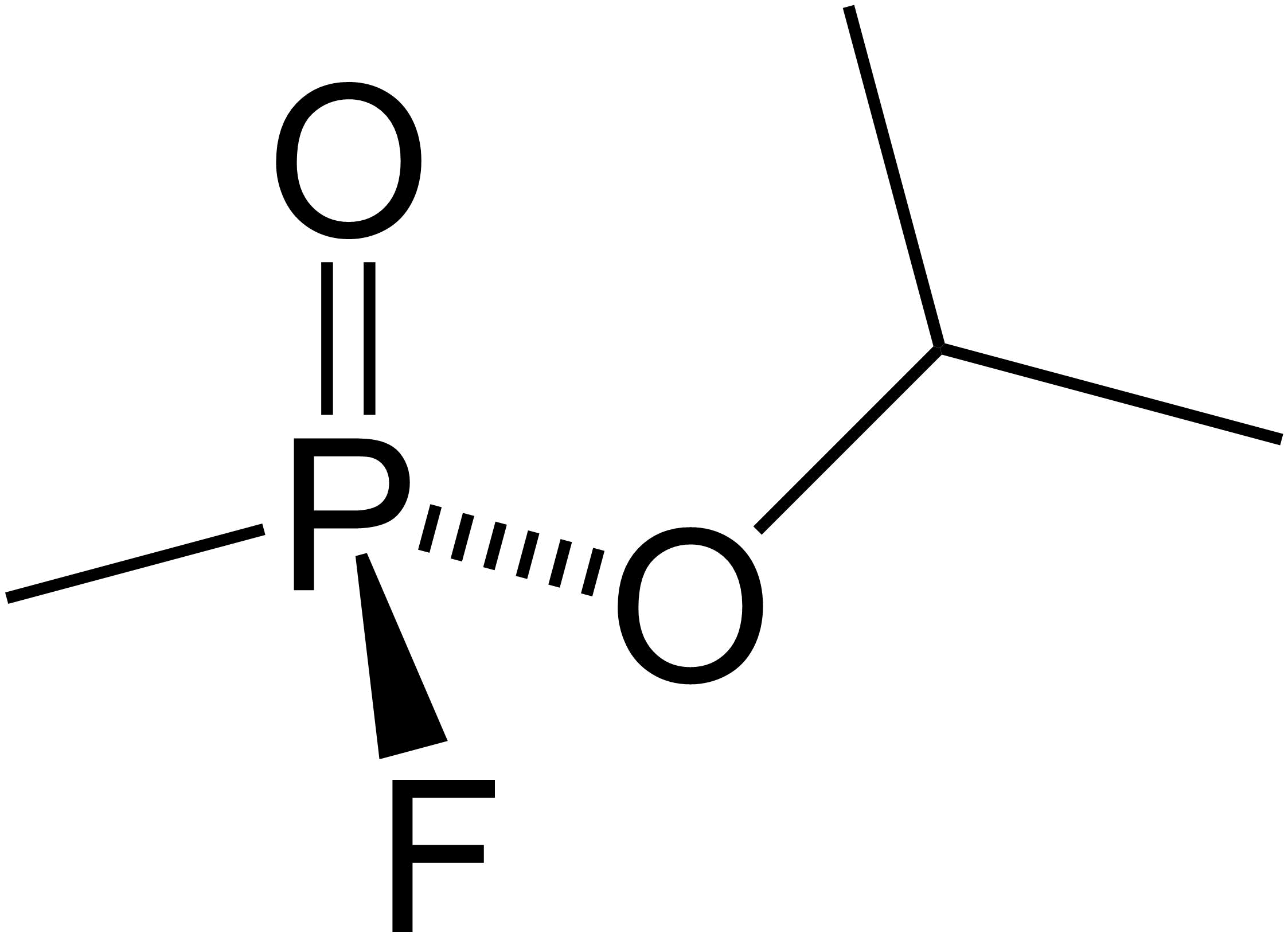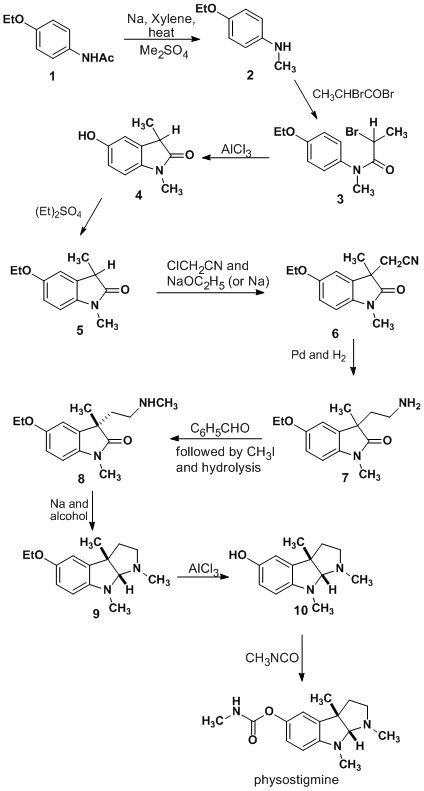|
Rivastigmine
Rivastigmine, sold under the brand name Exelon among others, is an acetylcholinesterase inhibitor used for the treatment of dementia associated with Alzheimer's disease and with Parkinson's disease. Rivastigmine can be administered orally or via a transdermal patch; the latter form reduces the prevalence of side effects, which typically include nausea and vomiting. Rivastigmine is eliminated through the urine, and appears to have relatively few drug-drug interactions. It was patented in 1985 and came into medical use in 1997. Medical uses Rivastigmine is indicated for the treatment of dementia of the Alzheimer's type; and for the treatment of dementia associated with Parkinson's disease. Rivastigmine capsules, liquid solution and patches are used for the treatment of mild to moderate dementia of the Alzheimer's type, and for mild to moderate Parkinson's disease dementia. Rivastigmine has demonstrated treatment effects on the cognitive (thinking and memory), functional (act ... [...More Info...] [...Related Items...] OR: [Wikipedia] [Google] [Baidu] |
Cholinesterase Inhibitor
Cholinesterase inhibitors (ChEIs), also known as anti-cholinesterase, are chemicals that prevent the breakdown of the neurotransmitter acetylcholine or butyrylcholine by cholinesterase. This increases the amount of the acetylcholine or butyrylcholine in the Chemical synapse#Structure, synaptic cleft that can bind to Muscarinic acetylcholine receptor, muscarinic receptors, Nicotinic acetylcholine receptor, nicotinic receptors and others. This group of inhibitors is divided into two subgroups, acetylcholinesterase inhibitors (AChEIs) and Butyrylcholinesterase#Inhibitors, butyrylcholinesterase inhibitors (BChEIs). ChEIs may be used as drugs for Alzheimer's disease, Alzheimer's and myasthenia gravis, and also as chemical weapons and insecticides. Side effects when used as drugs may include Anorexia (symptom), loss of appetite, nausea, vomiting, Diarrhea#Definition, loose stools, Dream, vivid dreams at night, dehydration, rash, bradycardia, peptic ulcer disease, seizures, weight los ... [...More Info...] [...Related Items...] OR: [Wikipedia] [Google] [Baidu] |
Marta Weinstock-Rosin
Marta Weinstock-Rosin (born 1935; Hebrew: מרתה וינשטוק-רוזין) is an Austrian-born Israeli neuropharmacologist, best known as the developer of rivastigmine (Exelon). Early life and education Weinstock-Rosin was born in Vienna. After her father was arrested for being Jewish, the family fled Austria for England in 1939, shortly before the war. Her early days in England were difficult. Her father was arrested as a citizen of an enemy state, and her mother had no skills and didn't speak English. Food was a challenge to find and much of her time was spent in air raid shelters. At age 12 she looked up the word "pharmacologist" in an encyclopedia and decided that research, drug development and chemistry would be her career. She had to fight the system to succeed. She had to go to a boys class to study physics, as it wasn't offered in her girls school; also, her father disapproved of her medical plans, as he was afraid she would never get married. She received a PharmD ... [...More Info...] [...Related Items...] OR: [Wikipedia] [Google] [Baidu] |
Donepezil
Donepezil, sold under the brand name Aricept among others, is a medication used to treat dementia of the Alzheimer's type. It appears to result in a small benefit in mental function and ability to function. Use, however, has not been shown to change the progression of the disease. Treatment should be stopped if no benefit is seen. It is taken by mouth or via a transdermal patch. Donepezil is a centrally acting reversible acetylcholinesterase inhibitor and structurally unrelated to other anticholinesterase agents. Common side effects include nausea, trouble sleeping, aggression, diarrhea, feeling tired, and muscle cramps. Serious side effects may include abnormal heart rhythms, urinary incontinence, and seizures. Donepezil was approved for medical use in the United States in 1996. It is available as a generic medication. In 2022, it was the 146th most commonly prescribed medication in the United States, with more than 3million prescriptions. Medical uses Alzheimer's di ... [...More Info...] [...Related Items...] OR: [Wikipedia] [Google] [Baidu] |
Antidementia Agents
Dementia is a syndrome associated with many neurodegenerative diseases, characterized by a general decline in cognitive abilities that affects a person's ability to perform activities of daily living, everyday activities. This typically involves problems with memory, thinking, behavior, and motor control. Aside from memory impairment and a thought disorder, disruption in thought patterns, the most common symptoms of dementia include emotional problems, difficulties with language, and decreased motivation. The symptoms may be described as occurring in a continuum (measurement), continuum over several stages. Dementia is a life-limiting condition, having a significant effect on the individual, their caregivers, and their social relationships in general. A diagnosis of dementia requires the observation of a change from a person's usual mental functioning and a greater cognitive decline than might be caused by the normal aging process. Several diseases and injuries to the brain, ... [...More Info...] [...Related Items...] OR: [Wikipedia] [Google] [Baidu] |
Acetylcholinesterase Inhibitors
Acetylcholinesterase inhibitors (AChEIs) also often called cholinesterase inhibitors, inhibit the enzyme acetylcholinesterase from Hydrolysis, breaking down the neurotransmitter acetylcholine into choline and acetate, thereby increasing both the level and duration of action of acetylcholine in the central nervous system, Autonomic ganglion, autonomic ganglia and neuromuscular junctions, which are rich in acetylcholine receptors. Acetylcholinesterase inhibitors are one of two types of cholinesterase inhibitors; the other being Butyrylcholinesterase#Inhibitors, butyryl-cholinesterase inhibitors. Acetylcholinesterase is the primary member of the cholinesterase, cholinesterase enzyme family. Acetylcholinesterase inhibitors are classified as reversible, irreversible, or quasi-irreversible (also called pseudo-irreversible). Mechanism of action Organophosphates Organophosphates like TEPP, tetraethyl pyrophosphate (TEPP) and sarin inhibit cholinesterases, enzymes that hydrolyze the ... [...More Info...] [...Related Items...] OR: [Wikipedia] [Google] [Baidu] |
Physostigmine
Physostigmine (also known as eserine from ''éséré'', the West African name for the Calabar bean) is a highly toxic parasympathomimetic alkaloid, specifically, a reversible cholinesterase inhibitor. It occurs naturally in the Calabar bean and the fruit of the Manchineel tree. The chemical was synthesized for the first time in 1935 by Percy Lavon Julian and Josef Pikl. It is available in the U.S. under the trade names Antilirium and Isopto Eserine, and as eserine salicylate and eserine sulfate. Today, physostigmine is most commonly used for its medicinal value. However, before its discovery by Robert Christison, Sir Robert Christison in 1846, it was much more prevalent as an ordeal poison. The positive medical applications of the drug were first suggested in the gold medal-winning final thesis of Thomas Richard Fraser at the University of Edinburgh in 1862. Medical uses Physostigmine, an acetylcholinesterase inhibitor, can be used to treat glaucoma and delayed gastric emptyin ... [...More Info...] [...Related Items...] OR: [Wikipedia] [Google] [Baidu] |
Novartis
Novartis AG is a Swiss multinational corporation, multinational pharmaceutical company, pharmaceutical corporation based in Basel, Switzerland. Novartis is one of the largest pharmaceutical companies in the world and was the eighth largest by revenue in 2024. Novartis manufactures the drugs clozapine (Clozaril), diclofenac (Voltaren; sold to GlaxoSmithKline in 2015 deal), carbamazepine (Tegretol), valsartan (Diovan), imatinib mesylate (Gleevec/Glivec), cyclosporine (Neoral/Sandimmune), letrozole (Femara), methylphenidate (Ritalin; produced by Sandoz since 2023), terbinafine (Lamisil), deferasirox (Exjade), and others. Novartis was formed in 1996 by the merger of Ciba-Geigy and Sandoz. It was considered the largest corporate merger in history during that time. The pharmaceutical and agrochemical divisions of both companies formed Novartis as an independent entity. The name Novartis was based on the Latin terms, ''novae artes'' (new skills). After the merger, other Ciba-Geigy and ... [...More Info...] [...Related Items...] OR: [Wikipedia] [Google] [Baidu] |
Acetylcholinesterase Inhibitor
Acetylcholinesterase inhibitors (AChEIs) also often called cholinesterase inhibitors, inhibit the enzyme acetylcholinesterase from breaking down the neurotransmitter acetylcholine into choline and acetate, thereby increasing both the level and duration of action of acetylcholine in the central nervous system, autonomic ganglia and neuromuscular junctions, which are rich in acetylcholine receptors. Acetylcholinesterase inhibitors are one of two types of cholinesterase inhibitors; the other being butyryl-cholinesterase inhibitors. Acetylcholinesterase is the primary member of the cholinesterase enzyme family. Acetylcholinesterase inhibitors are classified as reversible, irreversible, or quasi-irreversible (also called pseudo-irreversible). Mechanism of action Organophosphates Organophosphates like tetraethyl pyrophosphate (TEPP) and sarin inhibit cholinesterases, enzymes that hydrolyze the neurotransmitter acetylcholine. The active centre of cholinesterases feature ... [...More Info...] [...Related Items...] OR: [Wikipedia] [Google] [Baidu] |
Alzheimer's Disease
Alzheimer's disease (AD) is a neurodegenerative disease and the cause of 60–70% of cases of dementia. The most common early symptom is difficulty in remembering recent events. As the disease advances, symptoms can include problems with language, disorientation (including easily getting lost), mood swings, loss of motivation, self-neglect, and behavioral issues. As a person's condition declines, they often withdraw from family and society. Gradually, bodily functions are lost, ultimately leading to death. Although the speed of progression can vary, the average life expectancy following diagnosis is three to twelve years. The causes of Alzheimer's disease remain poorly understood. There are many environmental and genetic risk factors associated with its development. The strongest genetic risk factor is from an allele of apolipoprotein E. Other risk factors include a history of head injury, clinical depression, and high blood pressure. The progression of the di ... [...More Info...] [...Related Items...] OR: [Wikipedia] [Google] [Baidu] |
National Institute For Health And Care Excellence
The National Institute for Health and Care Excellence (NICE) is an executive non-departmental public body of the Department of Health and Social Care (United Kingdom), Department of Health and Social Care. As the national health technology assessment body of England, it is responsible for judging the cost-effectiveness of medicines and making them available on the NHS through reimbursement, with its judgements informing decisions in Wales and Northern Ireland. It also provides a range of clinical guidance to the NHS in England and Wales, which are considered by Northern Ireland. History Organisational history It was set up as the National Institute for Clinical Excellence in 1999, and on 1 April 2005 joined with the Health Development Agency to become the new National Institute for Health and Clinical Excellence (still abbreviated as NICE). Following the Health and Social Care Act 2012, NICE was renamed the National Institute for Health and Care Excellence on 1 April ... [...More Info...] [...Related Items...] OR: [Wikipedia] [Google] [Baidu] |
Yissum Research Development Company Of The Hebrew University
The Hebrew University of Jerusalem (HUJI; ) is an Israeli public research university based in Jerusalem. Co-founded by Albert Einstein and Chaim Weizmann in July 1918, the public university officially opened on 1 April 1925. It is the second-oldest Israeli university, having been founded 30 years before the establishment of the State of Israel but six years after the older Technion university. The HUJI has three campuses in Jerusalem: one in Rehovot, one in Rishon LeZion and one in Eilat. Until 2023, the world's largest library for Jewish studies—the National Library of Israel—was located on its Edmond J. Safra campus in the Givat Ram neighbourhood of Jerusalem. The university has five affiliated teaching hospitals (including the Hadassah Medical Center), seven faculties, more than 100 research centers, and 315 academic departments. , one-third of all the doctoral candidates in Israel were studying at the HUJI. Among its first board of governors were Sigmund Freud and Mar ... [...More Info...] [...Related Items...] OR: [Wikipedia] [Google] [Baidu] |






